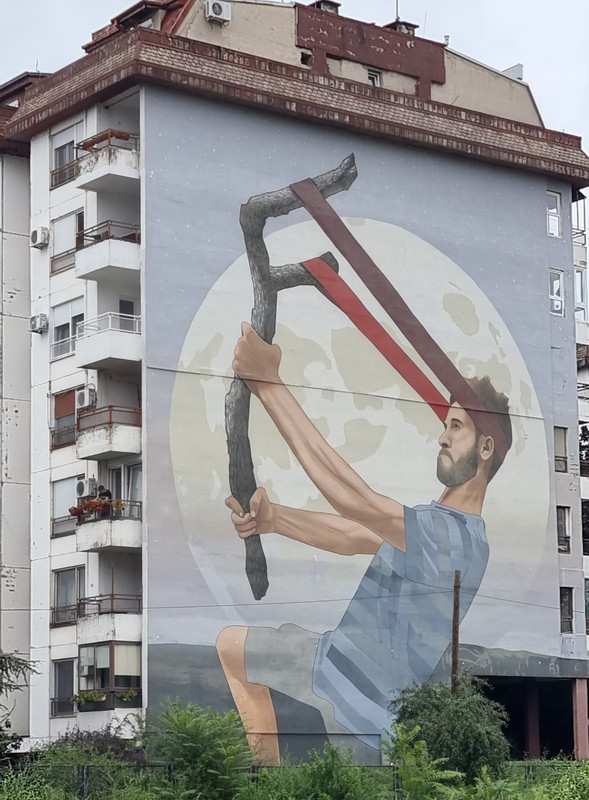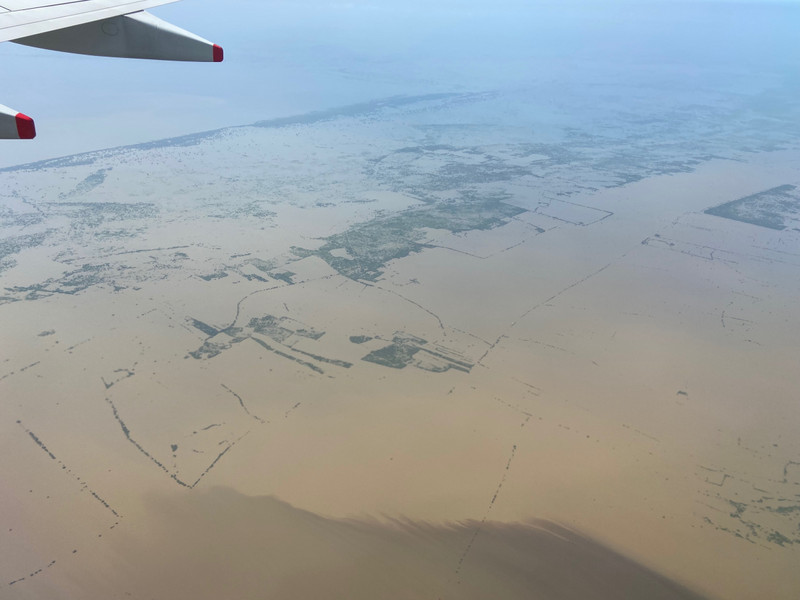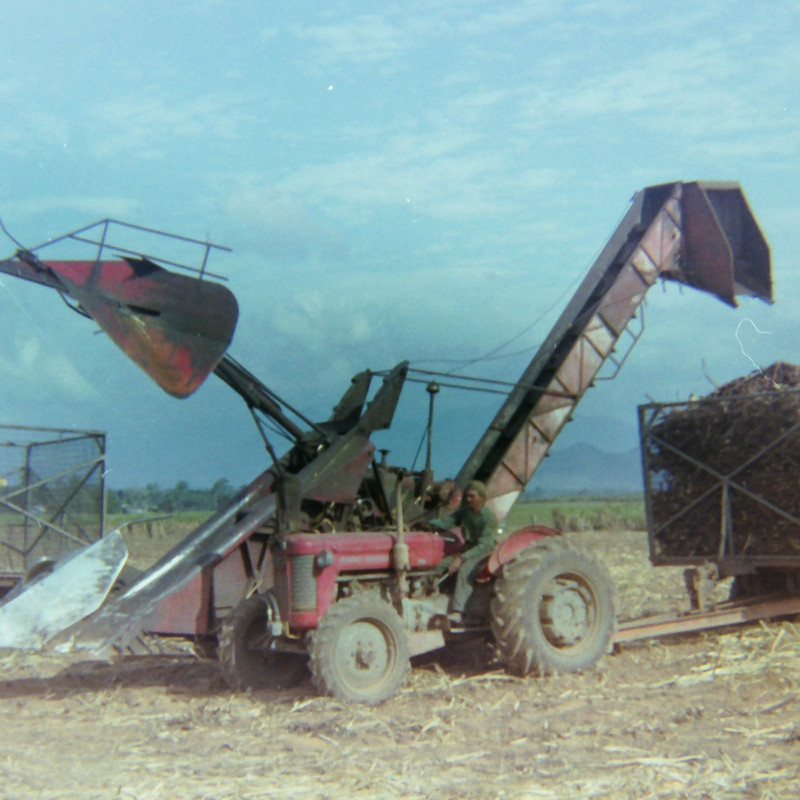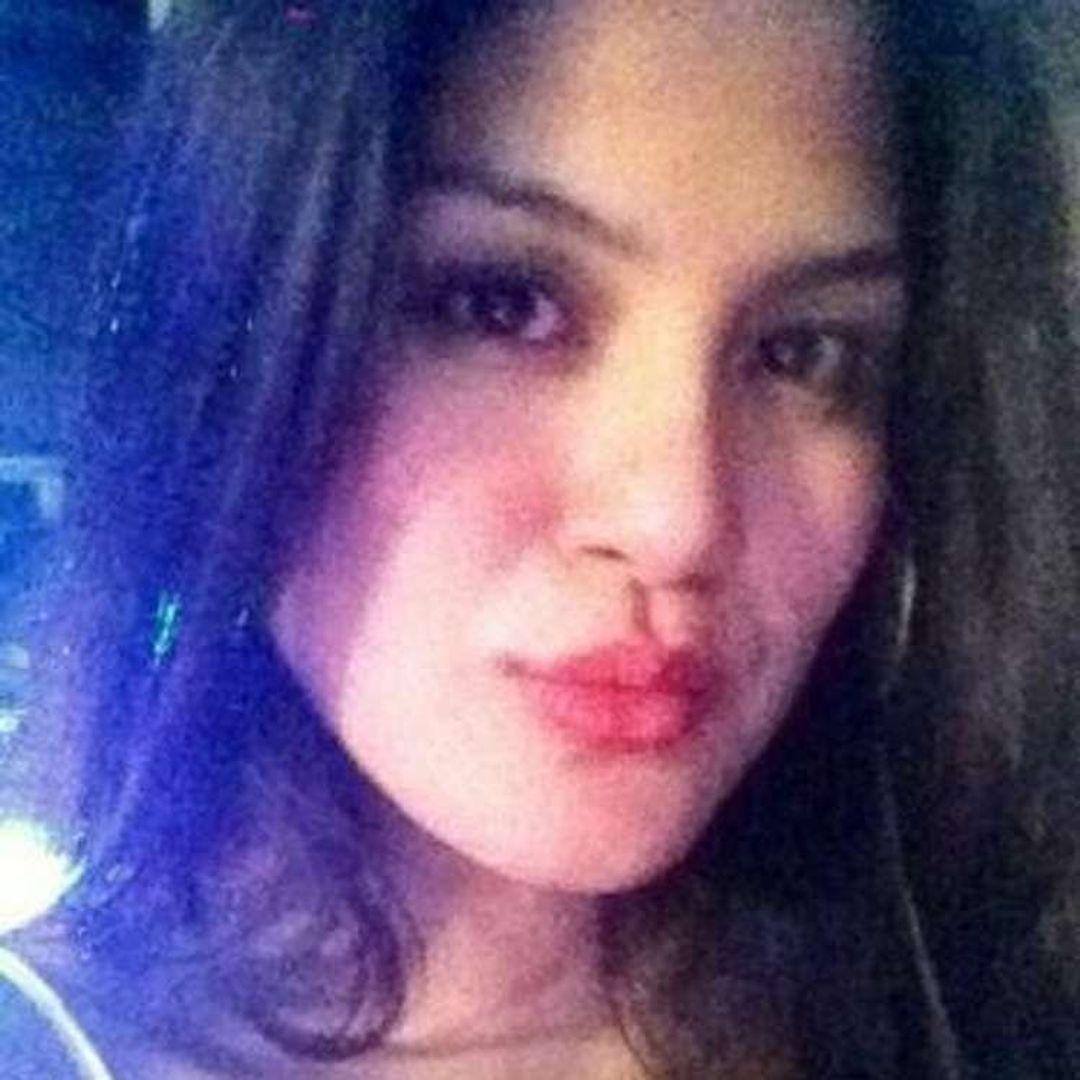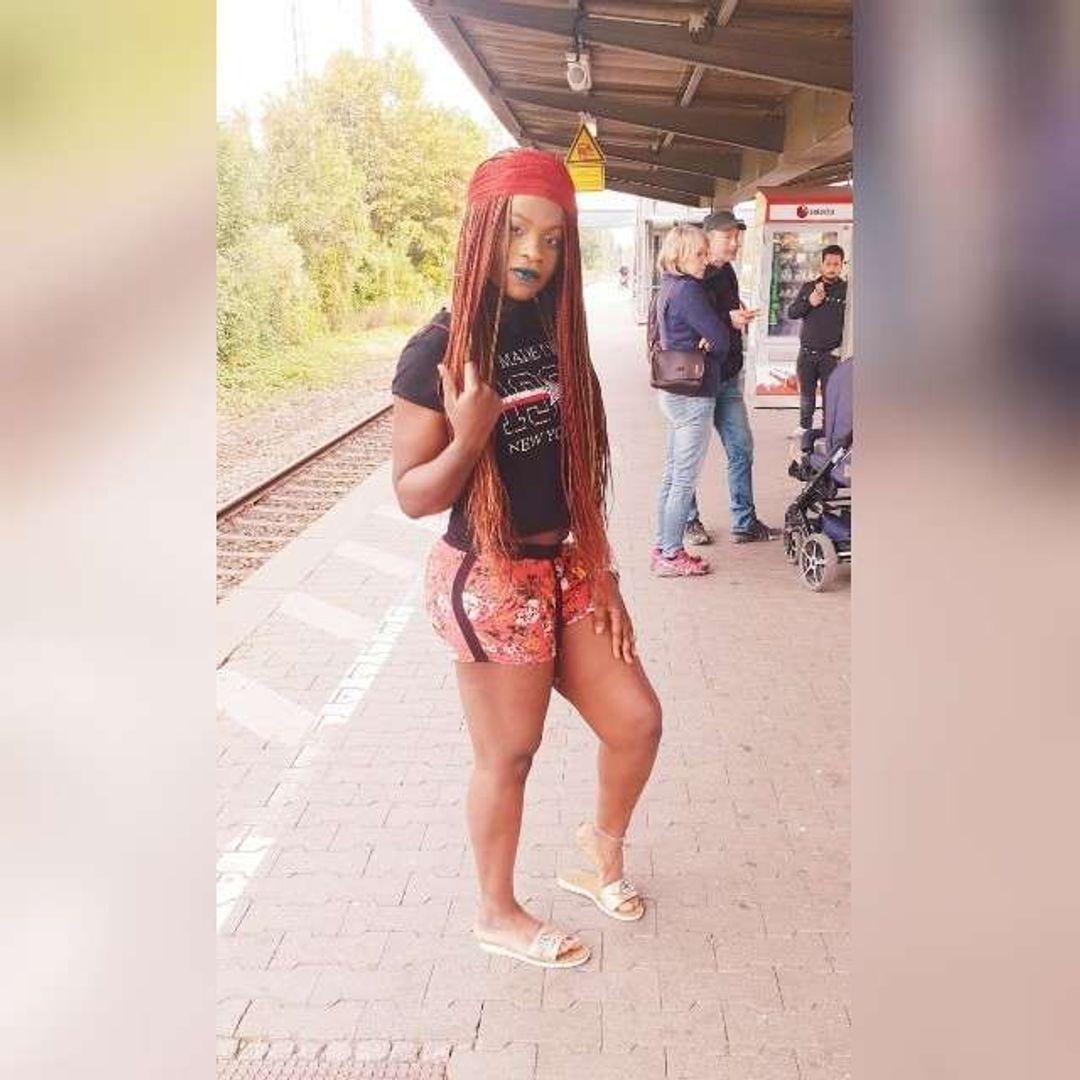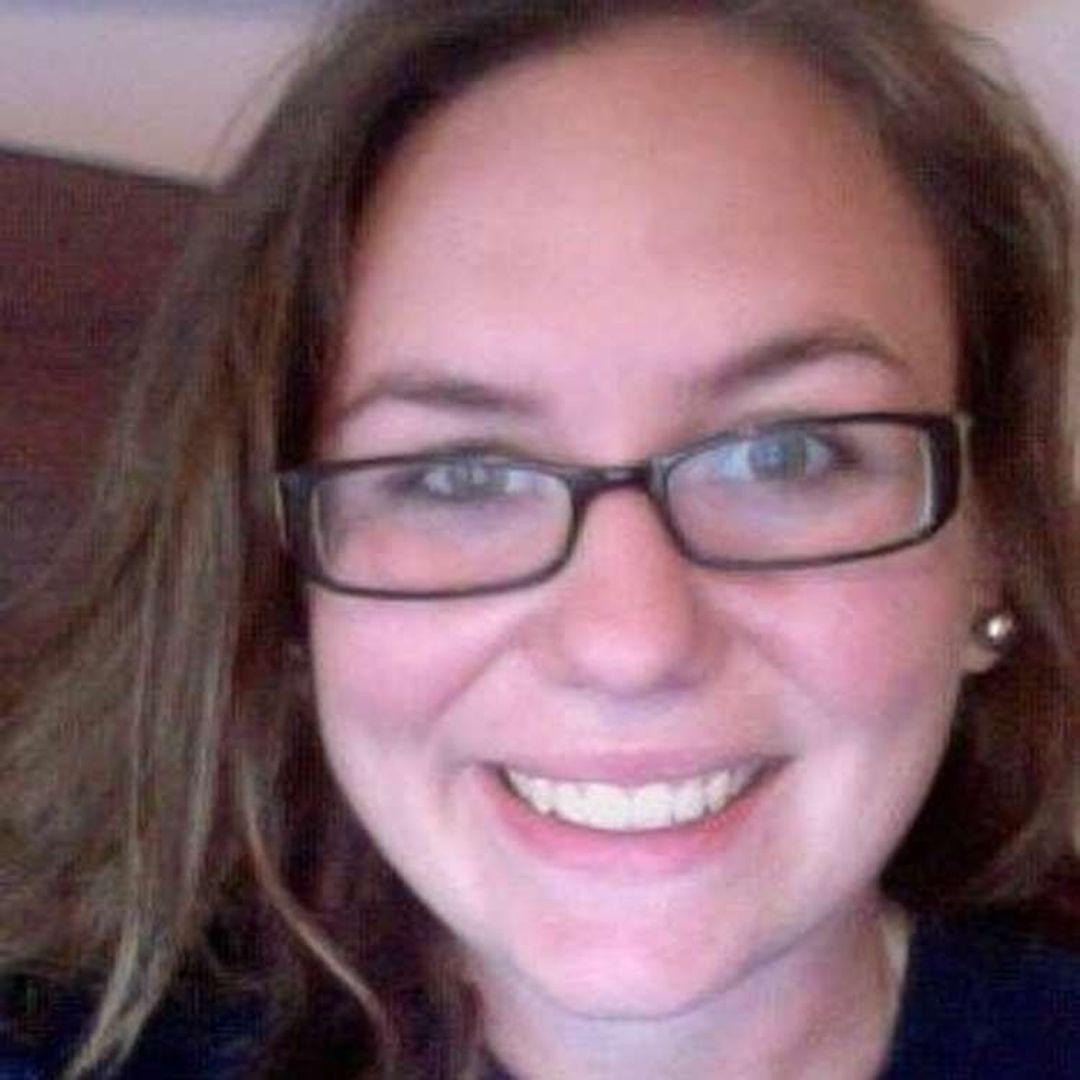Belgrade Airport, named after the Serb inventor Nikola Tesla, is being rebuilt around us. We a fixed price taxi ticket (€18, pay the driver) and head for the queue. The queue is long and uncovered; it is raining and there are no taxis. Eventually we realise that all the taxis are being hailed further down the road before they get to us.
We walk down the road to join in; it is now pouring with rain. At the unofficial taxi stand there is no fixed price. You might pay €20, you might have to pay €50. The rain is now torrential, we pay €30. By the time we get to town the rain has abated and we find Airbnb just off the main street. And I find my right contact lens was washed away in the torrential rain - it has not been the easiest start to Serbia.
The next day we start to wander around Belgrades old city. Were aware that EuroPrides parade was to take place today. After a lot of argument between the religious right and the liberal left, the courts banned the parade for safety reasons. Worried that
The riverside, the Sava flows into the Danube here, is lovely and leads to the Kalemegdan Park. Sitting high above the joining of the two rivers, this was once a castle but today it is a park that is dotted with old walls, gateways, ruins and churches. There is also a military museum which features pieces of a downed US stealth fighter from the Bosnian war in 1999. It is easy to forget that Serbs were being bombed by NATO so recently - across a new plaza where a bombed government building once stood.
We look into one Orthodox church where a christening is taking place. Grandad holds a very small and placid baby, father is next in line then mum at the rear. Three priests administer water then oil then smoke from a gold censer as they walk around the altar, During our days of wandering we visit more churches, every one beautiful and lovingly cared for. On Sunday the local church is filled to capacity; we peer over heads to see the fresco covered
Much of the old city where we are staying is pedestrianised and home to countless restaurants and coffee shops. The locals must live on coffee, pastries and cakes and we do our best to join in. After the rain, sitting in the sun with a coffee, watching the world go by is a gentle pleasure. Most of the restaurants serve inexpensive local, Serbian food. We tried cevapi ,a sort of skinless sausage, with kaymak, a cross between yogurt and butter. Excellent with a local beer, although we did try rakija too, brandy made with fruit or nuts. The walnut rakija was sweet and smooth, the plum rakija more like rocket fuel.
Heading south, we take the coach to Nis (pronounced Its a good road through green farmland - maize, sunflowers and fruit - and a lot of deciduous woods. There are more hills too, the land around Belgrade was flat to the horizon. Approaching Nis the coach gets pulled over for a random police check and, it transpires, the coachs papers are not in order. Everyone on the coach mutters about Policija. After a few phone calls between the driver and
Nis is much smaller and feels less affluent. Our hotel is very central and surrounded by cafes and coffee shops. A short walk takes us to the river and the Turkish fortress. Even more than Kalemegdan in Belgrade, this is now more a park inside a big wall than a fortress but it is a nice place for a wander. The Turkish influence in the towns architecture is noticeable; the Turks ruled for over 400 years. Before them it was occupied by the Romans for 600 years, indeed Constantine the Great, founder of Constantinople, was born here. This part if Serbia has also been occupied by Huns, Barbarians, the Byzantines, Bulgarians, Hungarians and Germans. I guess thats the downside of being near the centre of Europe.
